A history of the bandits that inhabited the Sierra de Ronda from Roman times to the 20th century.The entire collection was sold in October 2020 to the Andalucia Bandit Museum in El Borge, La Axarquia Malaga and is now called Galeria Bandolero.
By Nick Nutter | Updated 5 Mar 2023 | Málaga | Museums |
Login to add to YOUR Favourites or Read Later
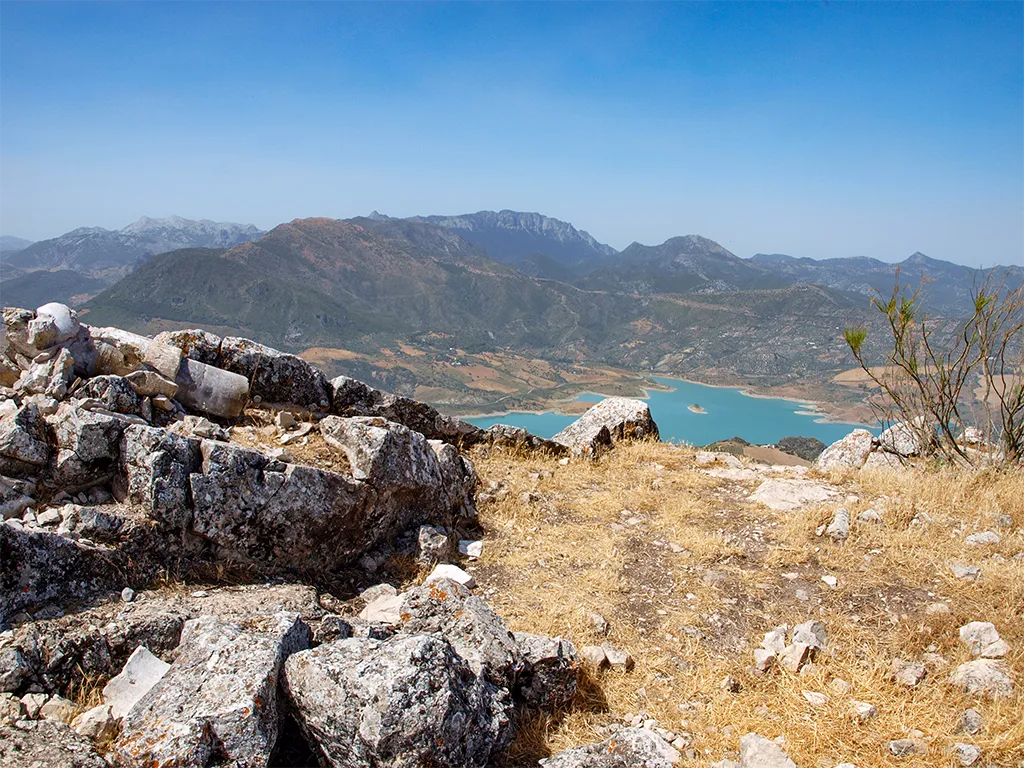

Bandit Country
Andalucía has been home to bandits since Roman times, the rugged, inhospitable terrain, hidden valleys and numerous caves of the areas inland from the coast offered ideal refuges to fugitives, but it was during the early 19th century that the romanticised bandoleros first appeared.
In Andalucía, there was a large gap between the few wealthy families that owned the land and the many, destitute families that worked it and lived in the towns and villages. Andalucía was one of the last areas in Europe to experience the feudal system. The whole province depended on agriculture and, on the coast, fishing. There was no industry to speak of beyond the agriculturally based occupations such as weaving, meat processing, cheese production, wine making, olive oil refining, and so on. Communications by land were difficult, the roads were no more than mule tracks, so there was little opportunity for expanding trade and the very landscape that proved a refuge for outlaws was also a barrier to the edicts and governance of a centralised government.
Alongside this geographical environment, an almost continuous succession of wars since the re-conquest in 1492 had drained the wealth from the land. Gold arriving from the Spanish colonies enriched the monarchy, church and a few noble families but never percolated through to the vast majority of the population, causing even more inequality and unrest. The final straw seems to have been the Napoleonic wars. French troops occupying Spain were encouraged to forage. Indeed they were often not paid at all, so took whatever they wanted from an already impoverished agrarian population.
Against this background was the realistic attitude of a few men who, for whatever reason; to escape justice following a crime, to set up as guerrillas against a foreign invader or as a last resort to help themselves and their families to survive, took to the hills and started to prey on whomsoever passed through their ‘territories’.
The mail and gold coaches that traversed the tracks across the Serrania de Ronda, the Sierra Morena and the La Alpujarra regions on their way from the coast to Madrid were favourite targets.
The outlaws, for that is what they were, realised that they could not exist without the support of the villagers and rural people, so they took a leaf from the legends of Robin Hood and gave a portion of their ill-gotten gains back to the resident population in return for food, shelter and their silence. The romantic bandoleros were born.
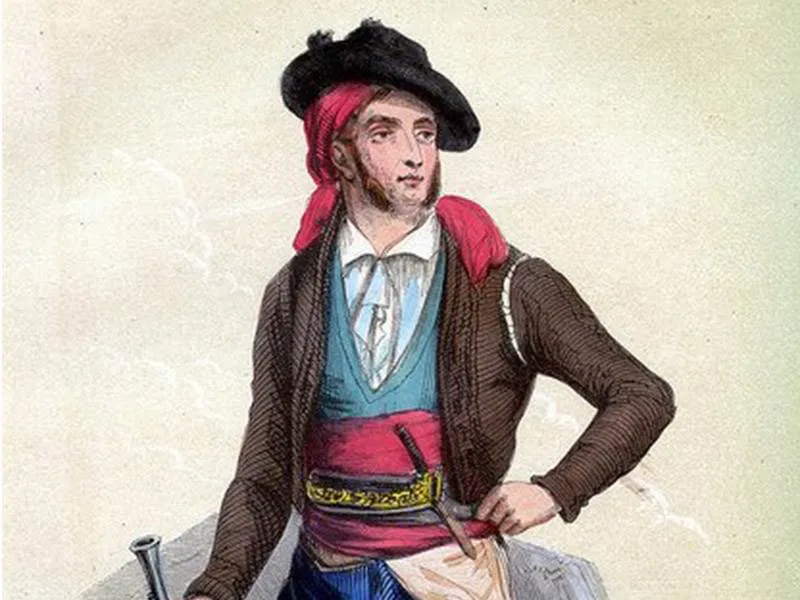

El Tempranillo
A handful of men such as the famous El Tempranillo gained a reputation for not only being gallant towards the ladies and gentlemen they robbed but generous towards the peasants amongst whom they lived. In 1828, El Tempranillo, who had taken to the bandit life at the age of thirteen to escape justice following the murder of a man who had insulted his family, announced ‘The King rules in Spain but I rule in the Sierra’. Such was his popularity in the Grazalema area that he and a good number of his fellow bandits attended the christening of his child in Grazalema on the 10th January 1832.
The mayor of Grazalema decided not to inform the ‘Holy Brotherhood’, the corrupt body then responsible for law enforcement, and ignored the event.
El Tempranillo eventually became so popular that King Ferdinand VII granted him a pardon and gave him a state position. Not all the bandits were as fortunate.
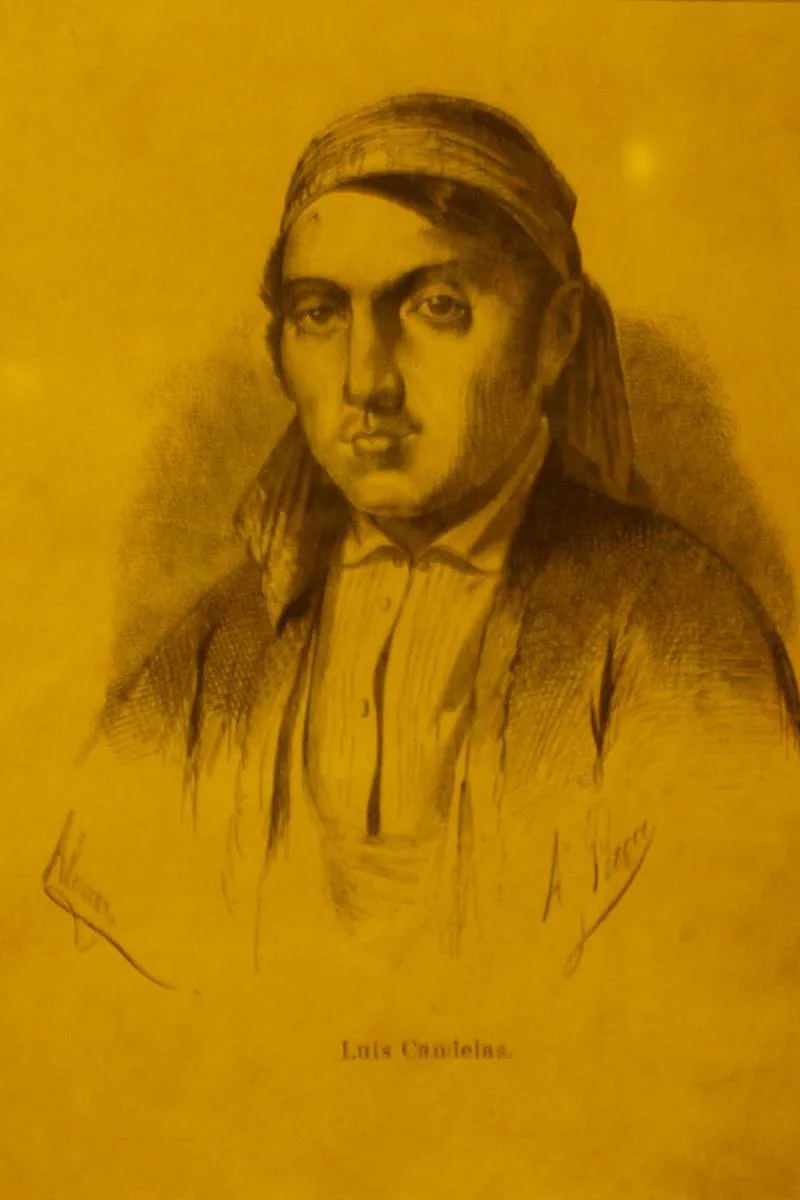

Luis Candelas
Luis Candelas, operating in the Madrid area, equally respected by the population, was caught, imprisoned and garrotted for his crimes in 1837. He was just 33 years of age.
The romantic reputations of the few spread internationally to such an extent that the bandoleros of Andalucía became a tourist attraction. Travellers from Europe expected to be confronted by an outlaw band, and there are accounts of ladies being disappointed if they were not.
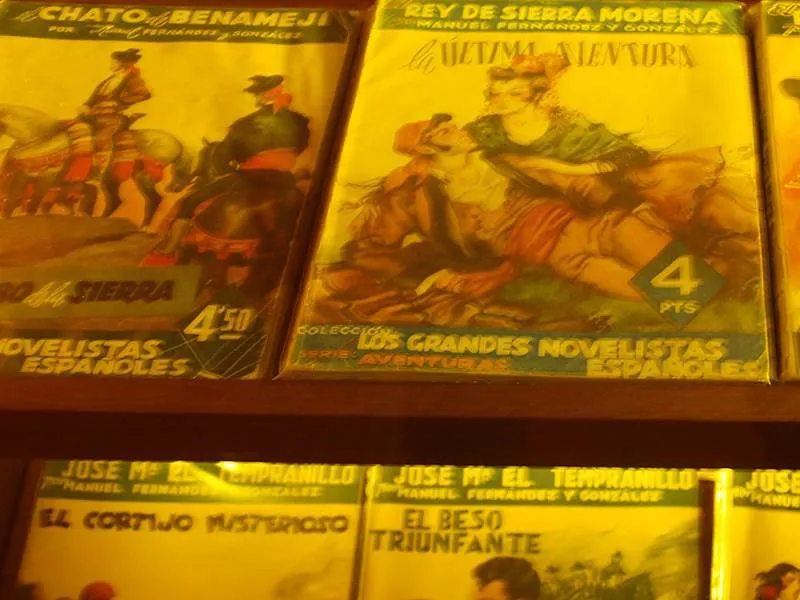

Bandoleros Penny Novels
During the first part of the 19th century, the outlaw bands in Andalucía expanded in size. Penny novels and cigarette cards produced at the time enhanced their romantic image.
It seemed to the authorities in Madrid that the entire population was involved with the bandits and that law and order had broken down. They were not far wrong.
By the mid 19th century the character of the bandits was changing. No longer were they the romantic figures portrayed by the pulp fiction. Increasing numbers became bandits solely to escape justice. They were murderers, robbers and thieves intent only on enriching themselves. Fear ensured the silence of the rural population rather than generosity.
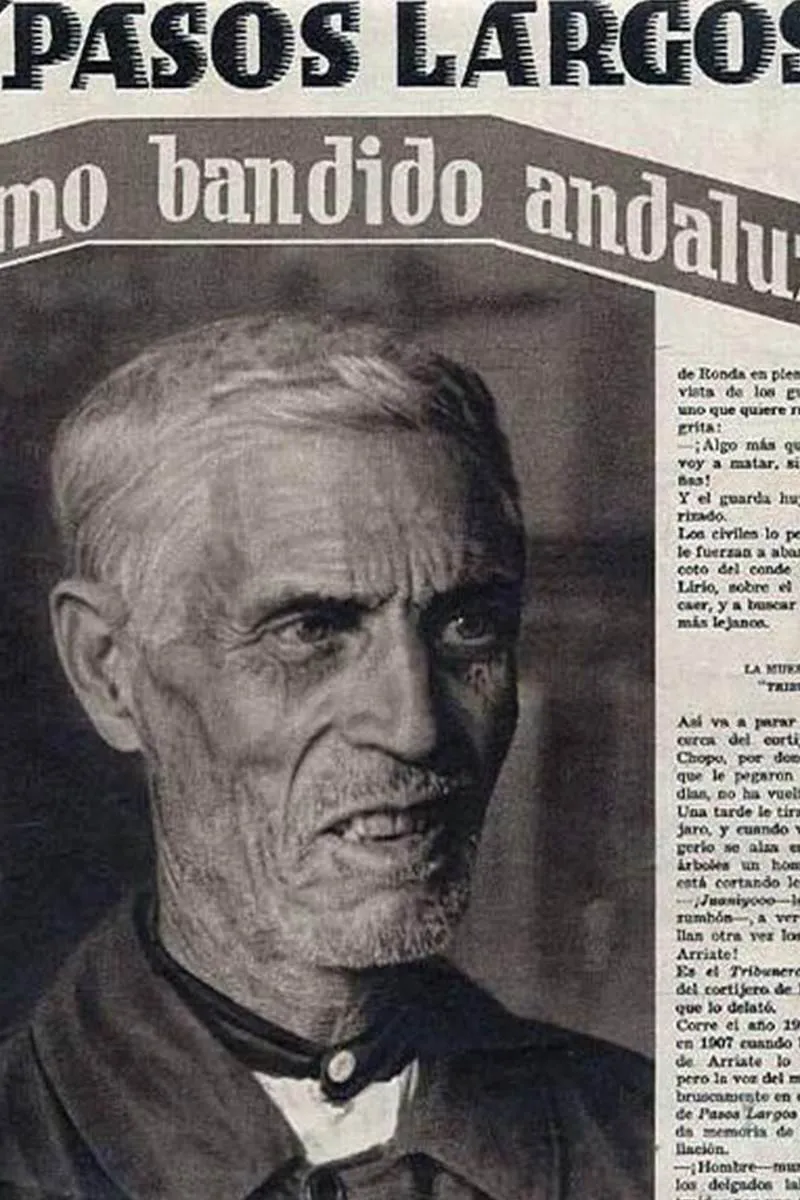

Pasos Largos - the last bandoleros
In 1844, by order of the monarch, Isabella II, the Guardia Civil was explicitly established to eradicate the bandits. It took them ninety years. The last bandolero was Juan Jose Mingolla Gallardo, nicknamed ‘Pasos Largos’. Juan had been born in El Burgo near Ronda in 1874. He took to banditry at the age of fourteen years and died in a shoot out with the Guardia Civil in a cave near Ronda on the 18th March 1934.
In September 2020, the City Council of El Borge purchased the entire collection of bandoleros memorabilia from a private museum in Ronda, the Bandoleros Museum which was founded in 1995. El Borge is a small town in the Axarquia comarca that also claims close links with the bandoleros through their most famous resident, El Bizco de El Borge. El Bizco, (the cross eyed), whose real name was Luis Munoz Garcia, had, as his nickname suggests, a sight defect that did not, apparently, prevent him from being accurate with rifle and pistol. Useful attributes for a bandit. Luis was tracked down and killed by the Guardia Civil in 1889. He died at the age of 52.